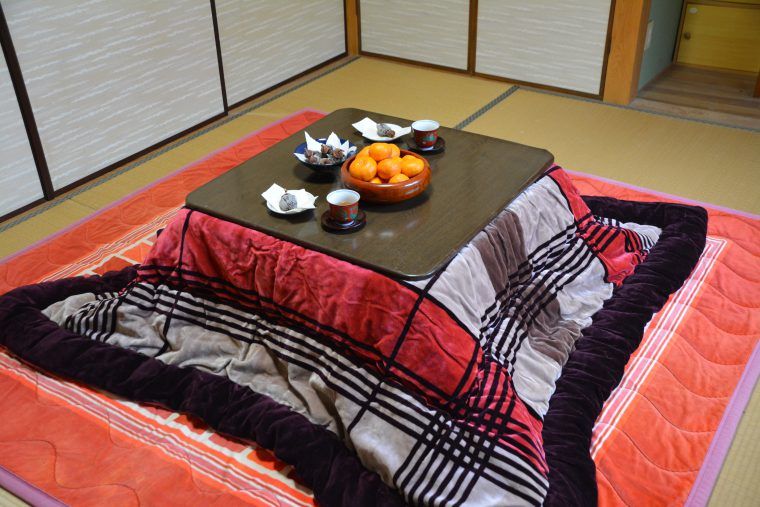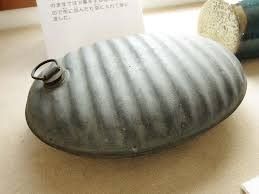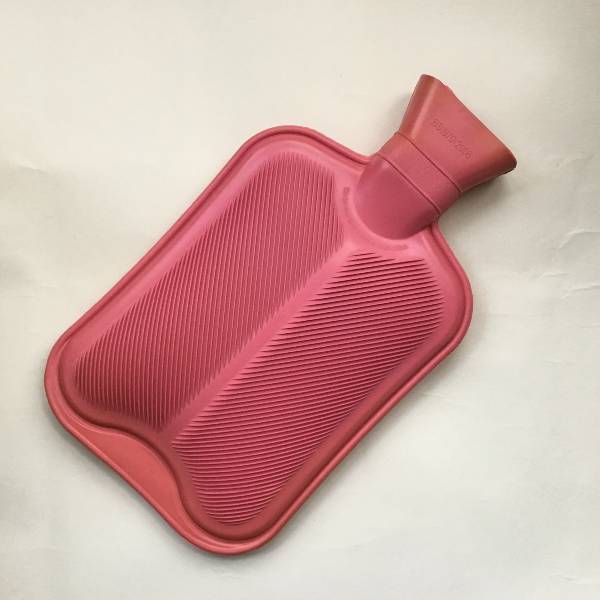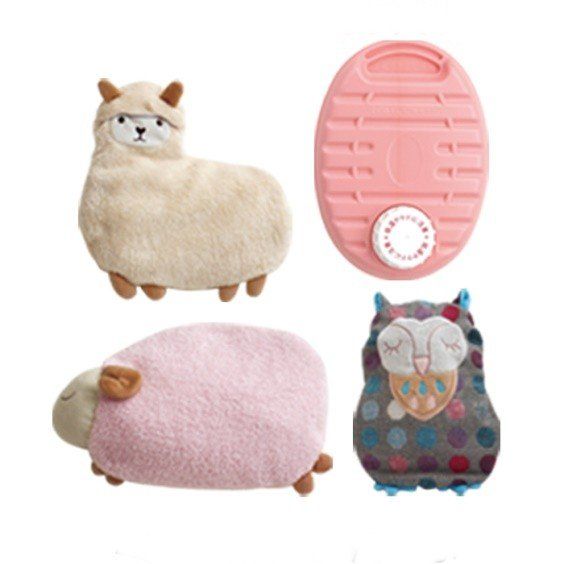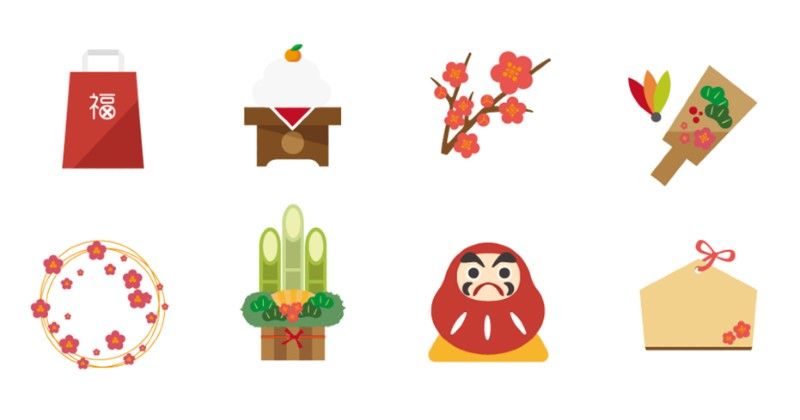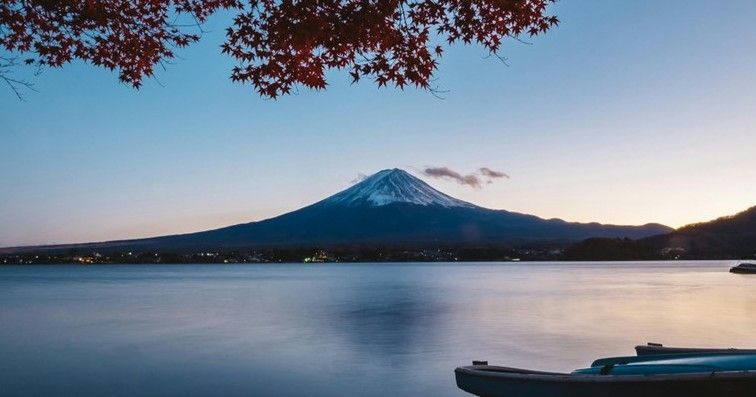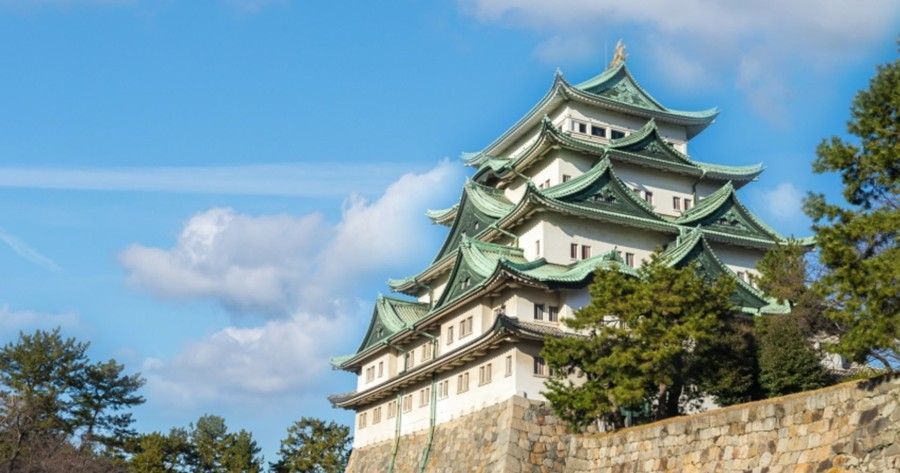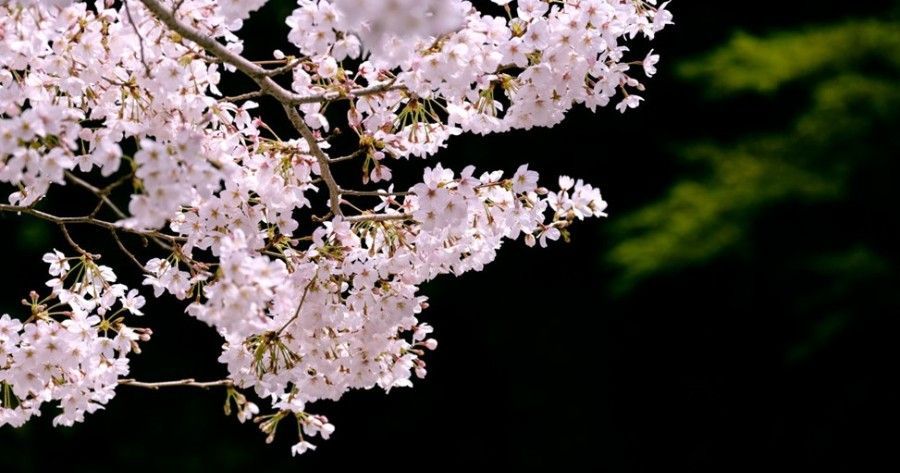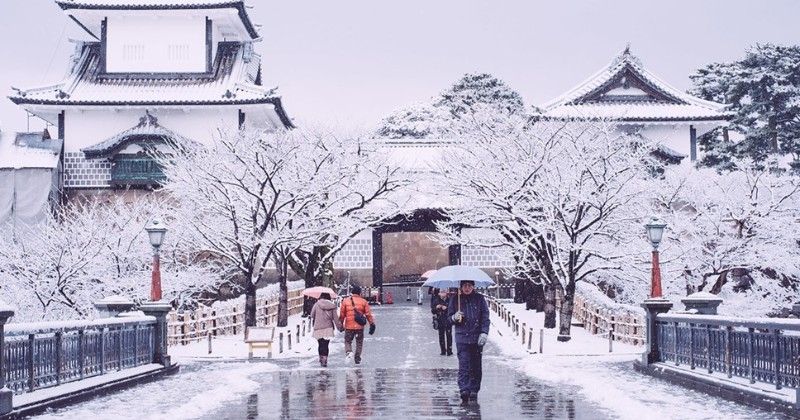Keeping Warm Japanese-Style
“Zu-Kan-Soku-Netsu” 「頭寒足熱」, for a better Immune System
Cold, sharp air touches your cheeks in February, yes, even in Japan. If you live in a country with severe winter weather (Japan is one of them, with the exception of Okinawa!), you can also learn a bit about the culture by looking at how people stay warm. Here, we'll introduce three ways to keep warm that are practiced in Japan and how they can be good for your health.
The Folk Remedy
There is a Japanese idiom that goes “Zukan-Sokunetsu" 「頭寒足熱」, consisting of 4 Kanji characters:
- 頭 (head)
- 寒 (cold)
- 足 (feet)
- 熱 (hot)
It literally translates as, "Keep your head cold and feet warm", and originates in oriental medicine.
It is said that you can think more clearly and focus better when your head is cold. If the head is kept warm for too long, people start feeling drowsy as brain function is reduced. Your brain sends signals to your body to make your body cold, then your metabolic functions lower and your immune system become weaker as a result. Some people even get headaches when the blood in their brain expands from the heat. So, the theory goes, that keeping your head cold helps reduce your chances of getting a headache.
At the other end, when your feet are warm, it helps with improving blood circulation. This leads to the elimination of toxins from your body, increasing metabolism and boosting the immune system.
So, how is this all practiced by Japanese people in their daily lives?
Here are three examples:
Soaking in the Bathtub
Just about every house and apartment in Japan has a bath tub, and it is designed primarily for soaking, not washing as is common practice in much of the West. Personal preference and habits vary, but usually Japanese people will soak in the hot tub for about 10-30 minutes at a time. Some people take three 5-minute baths in a session, getting out to shampoo or wash their bodies in between. Some prefer to bathe for a much longer time, but too long is not recommended as your head also could get too hot causing dizziness.
There is a common image of people in the Onsen (hot spring) having a cold, wet towel atop their head while soaking in a hot spring. That is related to the method of Zu-Kan-Soku-Netsu.
Kotatsu
Some of you may know this from Japanese anime or have actually seen these in a furniture store here in Japan. A kotatsu a low table with a heater and blanket. An electric heater is attached underneath the table and a thick blanket can cover everything down to the floor. A low table without an electric heater also can be used if you have an electric carpet on the floor to make the Kotatsu even warmer. The Kotatsu can make you feel very warm and cozy, making it easy to fall asleep while sitting there. Pets love to sleep under the Kotatsu in winter. While it does require you to sit on the floor, which is a fairly standard practice in Japan, there is a new, modern type of Kotatsu which is more westernized, which is more like a dining table.
Yutampo
Yutampo is a traditional, small, hot-water bottle that you put in your bed to keep your feet warm. If you slide this under your futon cover just half an hour before you go to bed, it can save you from putting your legs under the cold covers and is a great way to snuggle up and get comfortable right away, leading to better sleep, and saving you a bit on heating costs too.
Yutampo come in different shapes and materials (metal, rubber, plastic, etc) and these days you can even find electric Yutampo.
Add hot water (70-80℃) into your Yutampo and the warmth can last up to 5 or 6 hours.
Stay warm by practicing Zu-Kan-Soku-Netsu and keep cozy throughout your Japanese winter!








